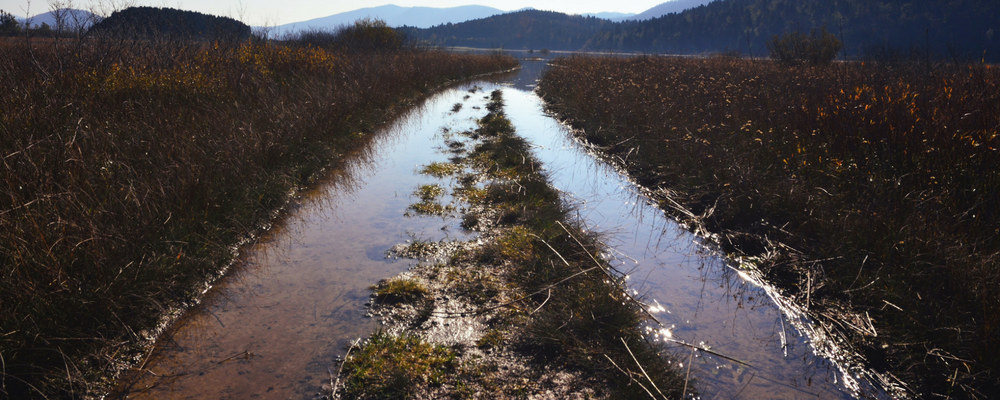Canada's current wetland protection efforts have overlooked how the environment naturally protects fresh-water resources from agricultural fertilizer contaminants, researchers from the University of Waterloo's Water Institute have found.
In a recent study, researchers at Waterloo’s Faculty of Science and Faculty of Engineering found that small wetlands have a more significant role to play than larger ones in preventing excess nutrients like nitrogen and phosphorus from fertilizer from reaching waterbodies such as the Great Lakes.

Excess nutrients are a primary cause of algal blooms, which have a number of impacts, including impairing drinking water quality, robbing aquatic life of needed oxygen and closing beaches to swimming.
With agriculture and urbanization, Canada has lost a huge portion of its wetlands, which have had a number of environmental impacts. While we have made some progress in protecting larger wetlands that act as habitat for wildlife, we have been less successful in protecting smaller ones that continue to be removed to make way for things such as new housing subdivisions.
What is often not appreciated is that different wetlands serve different purposes.
As part of their study, Basu and Fred Cheng, a Collaborative Water Program PhD candidate in civil and environmental engineering at Waterloo, examined data from hundreds of studies that quantified the impact of wetlands from across the world on filtering environmental contaminants.
In reviewing the data, they found that small wetlands act as a better nutrient sink than larger ones because a greater percentage of their water touches soil either on the bottom or on the shoreline, which is key in removing excess nutrients and preventing them from making their way to downstream water bodies.
We looked at wetlands from across the world and their impact on water quality. In looking at the data, it's clear that 10 one-hectare wetlands have a greater impact on water quality than one 10-hectare wetland.
Wetlands cover about 14 per cent of Canada's total land area. In Ontario, wetlands cover 21,000,000 hectares, with the majority located in the North. In Southern Ontario, 72 per cent of the original wetlands have been lost to development such as agriculture and urban sprawl.
Basu and Cheng's study was recently published in Water Resources Research.